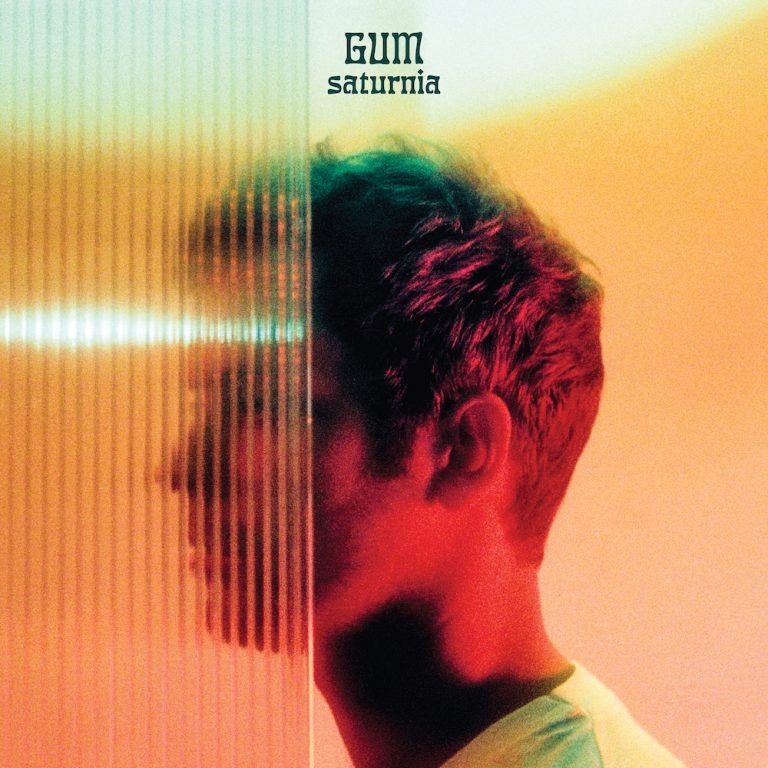Jay Watson’s musical journey has often been a homage to the airy, the sensation of weightlessness and the carefree. From his contributions to Pond’s 2015 album, Man it Feels Like Space Again, to his solo endeavour under the GUM moniker, it’s clear that much like his psychedelic sidekick and touring counterpart Kevin Parker (Tame Impala), he finds solace and inspiration in the boundless expanses of musical isolation.
Saturnia, GUM’s sixth full-length album, is a chapter marked not only by musical exploration but by personal milestones. This record emerges following the birth of Watson’s second child, adding a layer of depth and focus to his creative endeavours. In his own words, he’d been meticulously crafting different musical sections on Saturnia in his mind for months, a departure from his self-described “lazy” approach to arrangement. Yet, amid the evolution, the idiosyncrasies that define Jay Watson’s solo project remain firmly intact.
GUM’s music has always veered towards the expansive versus the concise. On Saturnia, he takes this a step further. It’s as though he’s inviting us to take a plunge into his own lush realm where psych-rock, indie-balladry and funk goodness converge.
“Race to the Air” is a heady opener that feels like a skydiving experience without the parachute anxiety. It’s a dizzying journey that swings between Pond-style balladry, unexpected funky bass riffs and Random-Access-Memories inspired retro electronica without thinking twice, leaving us soaring through a mesmerizing musical sky. It is the “most ambitious song” Watson says he has made as GUM.
The album’s tender moments also resonate. Take, for instance, the folky whimsy of “Music is Bigger than Hair.” With its ginger-like delicacy, it strikes a balance between playfulness and the melancholy. The bossa-nova infused “Would it Pain You to See” effortlessly descends into infused composition to a fusion inspired by Snarky Puppy, weaving elements of funk, rock, and jazz into its infectious melody. The orchestral elements, arranged by Jesse Kontansky are also worthwhile additions to the soundscape.
Saturnia thrives on its continual sense of trajectory. Instead of serving up distinct hooks or conforming to a specific style, it wants to keep you engaged through the fluidity of its sonic path. In Watson’s own words, the initial intention was to envelop the album in Nick Drake’s aura, but his own personal array of musical equipment quickly whetted his appetite for experimentation. This playfulness is a constant hallmark of the album.
Because Saturnia’s gravitational pull lies in the entirety of its musical journey, this can make the album’s lack of definitive resolutions challenging to wholeheartedly embrace, even though the music never wavers in its infectious groove. There are times where Saturnia’s creativity falls short. The initial minute and a half of the album’s closing track “It Lies a Lifetime” feels distinctively out of place, and by the time GUM cranks up the amps and unleashes a tsunami of distortion, it feels like a rock ‘n’ roll rescue mission gone awry.
GUM revels in creating journeys on Saturnia, each tailored to fit an individual groove but contributing to an overarching sonic experience. Watson showcases his versatility as a multi-instrumentalist and song writer guiding us through a soundscape that feels as airy as the open air.

